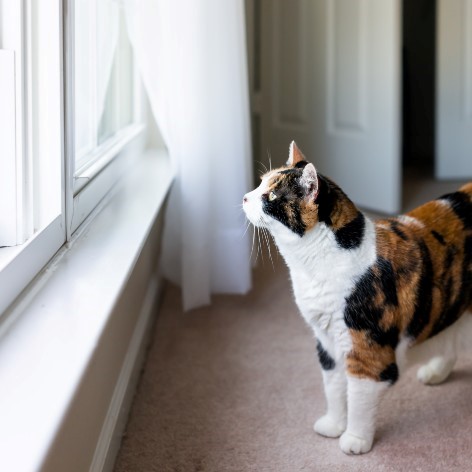We humans love to get away. Cats, however, don’t want to go on holiday. Cats find it highly stressful to travel. They are very territorial; they like the routine and safety of their home environment. Unless you are moving, we recommend you leave your cat at home and get a family member, friend, or neighbour to take care of your cat. If you don’t know anyone, you can use a professional pet sitter to watch your cat.
If, however, you must travel with your cat, we recommend that you make sure of the following well in advance:
- Check that your cat’s microchip is active, and the information is current.
- Make sure your cat’s vaccinations are up to date.
Check that your cat is well identified with an easy-to-read tag on their collar.
How to Keep your Cat Calm while Travelling
- If your cat becomes very anxious while travelling, it may be wise to have a chat with your vet before the trip. There are medications for motion sickness and anxiety that may help your cat to feel more comfortable.
- To keep you and your cat safe, it is best to put him in a large, sturdy carrier. He must be able to stand up in, stretch, and turn around easily. Secure the carrier with a seat belt, and line it with newspaper or a towel.
- If your trip takes longer than 6 hours, your cat will need a break to get a drink of water or use the litterbox. Disposable litter boxes are the easiest way to go. Find a quiet and safe spot to park and let your cat out of the carrier. He can roam around the car, or if he is used to a harness, he can have a walk outside.
- Remember that cats are skilled escape artists, especially when they are scared. Never open your car doors unless your cat is safely in the carrier or in a harness.
- Never leave your cat unattended in your car! Temperatures can become dangerously high in a very short time. This can lead to a serious condition called heatstroke.
- Have some paper towels and cleaning supplies handy if there is a mess to clean up.
Bring your cat’s favourite blanket or toys along, something that smells and feels familiar will make them feel more secure.
Tips for taking your Cat on a Plane
- Get your vet to give your cat an “all clear” for air travel.
- Check all the airline’s regulations for flying with a cat, especially make sure you have an approved carrier. The carrier should be labelled clearly with your name, phone number, and destination.
Don't feed your cat the morning of your trip; it will minimize the risk of your cat vomiting in his carrier during the trip.
- The less your cat can see, the less he will stress; therefore, cover the carrier with a cloth.
- Keep all your cat’s documentation nearby.
- Put an absorbent layer in the carrier in case your cat urinates while in transit.
- Make sure your cat is secured with a harness and lead before ever taking him out of the carrier.
Safe travels!








